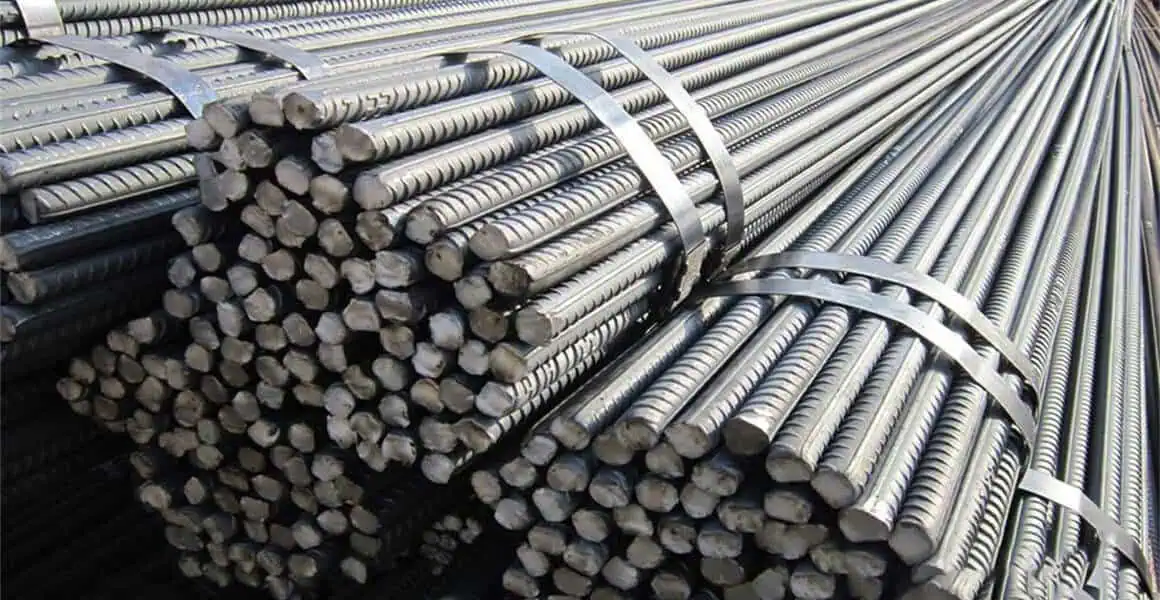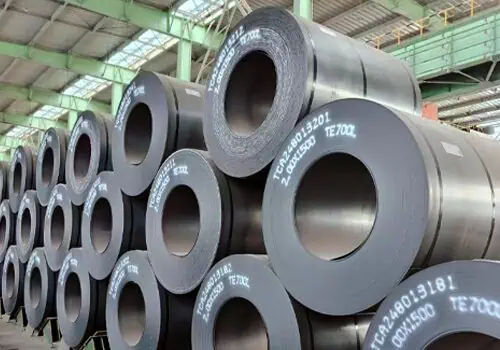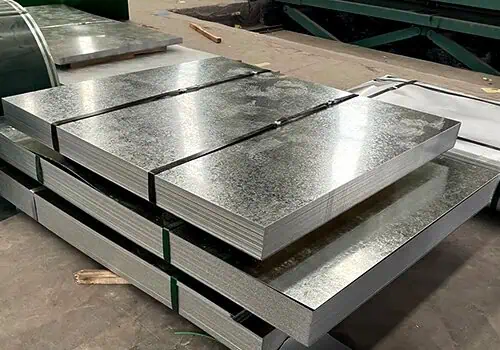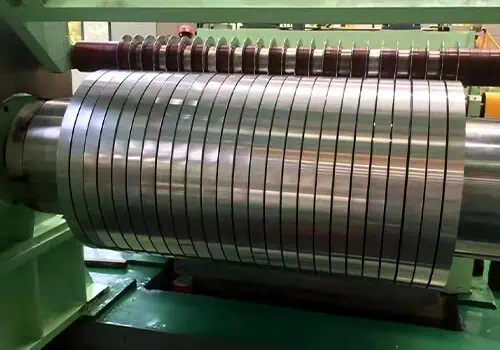Cracks and failures in concrete can destroy projects. Many overlook rebar’s role until problems arise. Discover how rebar guarantees safer, stronger, and longer-lasting structures worldwide.
What Is Rebar and why is it essential in construction? Rebar, short for reinforcing bar, is a steel rod used inside concrete to enhance tensile strength. Concrete alone resists compression but is weak in tension. Rebar compensates this weakness, preventing cracks and structural failure. It ensures durability, safety, and load-bearing capacity in buildings, bridges, and other concrete constructions.
Now that we know what rebar is, let’s explore its types, differences, uses, and key concerns for buyers.
What Is the Difference Between Steel Bar and Rebar?
Steel bar and steel rebar are related but not the same. Many buyers confuse them because they both resemble long steel rods used in construction.
Steel bar is a general steel product, whereas rebar refers to steel bars used to reinforce concrete. Rebar has surface ribs that help it bond with concrete.
The rebar definition emphasizes its role in tension resistance, whereas steel bar is a broader term that can refer to smooth rods used in machinery or other manufacturing. One rebar synonym is “reinforcing steel.” Steel bars can be cut and welded to meet various fabrication needs, but rebars are designed with ribs or deformations to prevent slipping inside concrete.Buyers looking at rebar images often notice the ridges, which are the main distinction from smooth bars.
How Does Rebar Work Inside Concrete?
When tensile forces are applied to concrete alone, it becomes brittle and cracks easily. This is where rebar becomes critical.
Rebar bonds to concrete, resulting in a composite material with compressive and tensile strength. This synergy results in long-lasting, crack-resistant structures.
The answer to the question “How does rebar strengthen concrete?” is due to its bonding ability. The ridged rebar shapes interlock with hardened concrete to distribute loads evenly. Engineers analyze stress distribution to determine when to use rebar in concrete walls, beams, and slabs. For example, using rebar in concrete wall designs reduces vertical cracks and improves earthquake resistance. Accurate rebar drawings and rebar detailing assist workers in precisely placing steel, ensuring that the structure functions as intended.
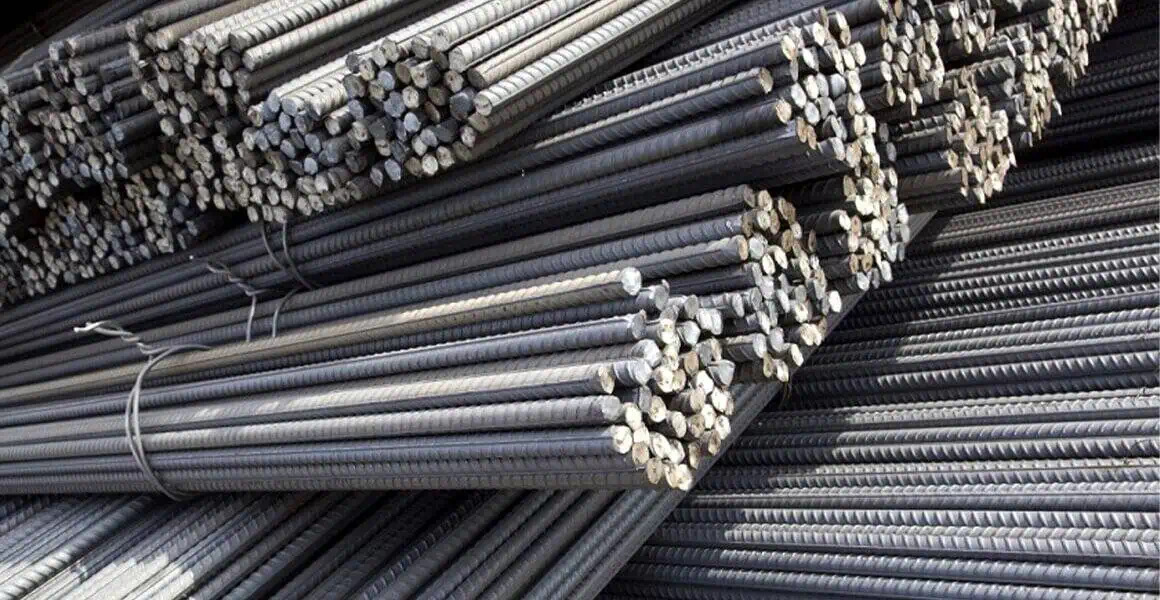
What Are the Main Types of Rebar?
Rebar is not a one-size-fits-all product; there are several varieties suitable for different applications.
Common types of rebar include carbon steel, stainless steel, epoxy-coated, and galvanized. Each strikes a unique balance between strength, corrosion resistance, and cost.
- Carbon steel rebar is the most widely used, offering affordability and strong performance.
- Stainless steel rebar is chosen for environments with high moisture or salt exposure, such as coastal bridges.
- Epoxy-coated rebars resist corrosion but may suffer damage during handling.
- Galvanized rebar provides zinc coating for longer life.
Engineers frequently make decisions based on rebar prices and long-term durability. Types of rebar shapes also vary—straight, bent, stirrups, or mesh. Understanding the different types of steel used in construction enables project managers to optimize costs and performance.
What Is the Difference Between Rebar and Steel Coil?
Buyers sometimes confuse what is a rebar with steel coil, but the two serve very different purposes.
Rebar strengthens concrete, whereas steel coils are flat-rolled products used in sheets, pipelines, and manufacturing.
Steel coils are formed into panels, roofing, and pipelines, whereas rebar is embedded in concrete. Their uses of rebar are solely structural, whereas coils are more versatile in manufacturing. For exporters, distinguishing between these two products helps to avoid costly misorders. Rebar sizes are measured in diameter (e.g. #3, #4, #5), whereas coils are measured in thickness and width.
How Long Will Rebar Last in Concrete?
When it comes to building and infrastructure design, longevity is critical.
When installed correctly, high-quality rebar can last for 50-100 years inside concrete, especially when corrosion-resistant grades are used.
Steel rebar’s lifespan is determined by its exposure to the environment. In dry interior structures, rebar can last for centuries. However, exposure to chlorides or marine environments hastens corrosion. Engineers frequently use protective coatings, improved concrete mixes, and stainless rebar to ensure durability. Accurate rebar detailing minimizes exposure points. Buyers considering what is rebar made of should be aware that carbon content and protective coatings have a significant impact on lifespan.
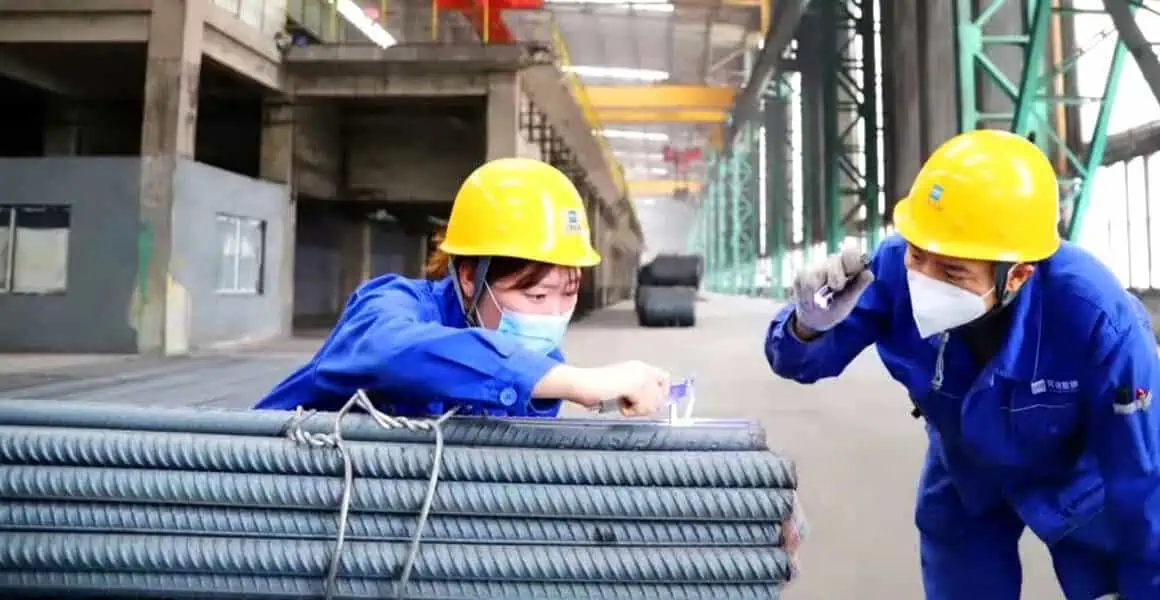
What Is One Disadvantage of Rebar?
Even though rebar is a strong material, it is not perfect.
The main disadvantage is corrosion. Rusting weakens rebar, expands within the concrete, and causes cracking or spalling.
This weakness implies that structures may require costly repairs. While advanced solutions exist, they come at a higher cost. Coated or stainless steel options strike a balance between durability and price. Contractors should consider long-term value when evaluating rebar prices, rather than just initial savings. For example, paying more upfront for stainless rebars may save money on future maintenance.
Is It Hard to Cut Through Rebar?
Adjustments are frequently made during construction projects, which includes cutting rebar on-site.
Rebar is strong, but not impossible to cut. Angle grinders, rebar cutters, and saws make it more manageable.
The difficulty depends on rebar sizes and rebar shapes.Smaller bars can be cut with hand tools, but larger rebars may require hydraulic cutters. Working with rebar poses several hazards, including sparks, dust, and heat. Cutting lengths are typically indicated on rebar drawings, allowing workers to plan more efficiently.
Can You Weld Rebar?
Many customers wonder if rebar can be welded like other steel products.
Some types of rebar are weldable, while others lose strength when welded. Certification must demonstrate suitability.
Welding rebar requires expertise. Some types of rebar shapes allow welding connections, while others should be mechanically spliced.Rebar detailing ensures code compliance. Engineers frequently choose couplers or lapped joints for structural reliability. If welding is attempted, strict guidelines must be followed to avoid weakening the steel rebar.
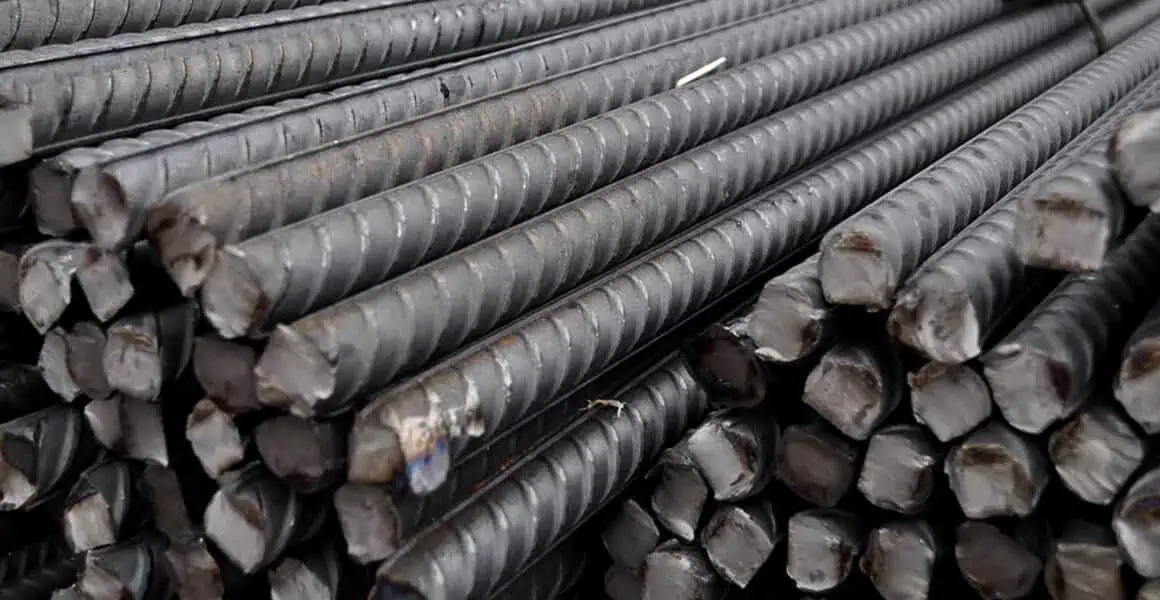
Why Is Rebar Quality Important for Construction Safety?
The quality of materials determines a structure’s integrity.
Certified, high-quality rebar resists rust, maintains strength, and provides stability for decades.
Buyers should request mill certificates and international standards such as ASTM or ISO. Substandard products can jeopardize safety, resulting in collapses or costly rebuilds. Clear rebar drawings and inspections verify that the supplied rebars meet specifications. Finally, understanding what is rebar used for demonstrates why quality should never be compromised.
How Can Buyers Avoid Problems When Sourcing Rebar Internationally?
Global sourcing creates both opportunities and risks.
Reliable exporters offer timely delivery, certification, and secure payment terms.
Delays or poor-quality shipments can result in missed construction deadlines. Buyers should work with suppliers who have extensive experience in steel rebar exports. Checking rebar images, comparing rebar definitions to international standards, and reviewing sample rebar drawings are all helpful. Using secure payment methods and logistics partners ensures that transactions run smoothly.
Summary
Rebar strengthens concrete and provides safety. Buyers can secure durable, cost-effective construction around the world by learning about its types, lifespan, and sourcing practices.

